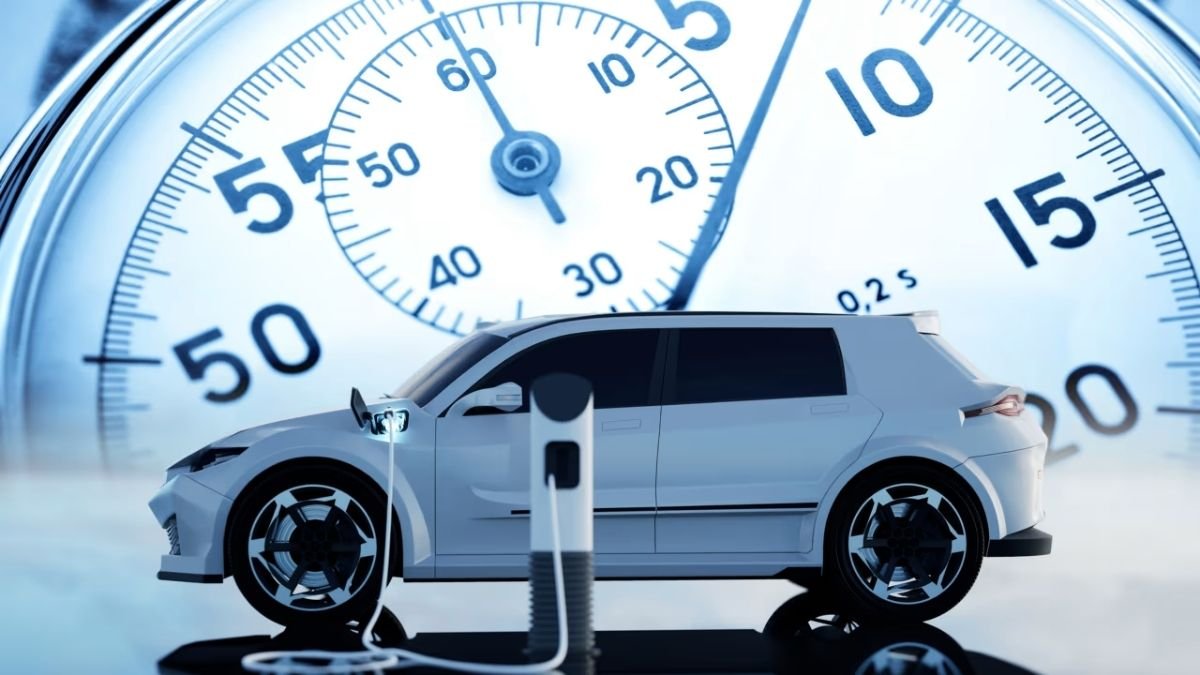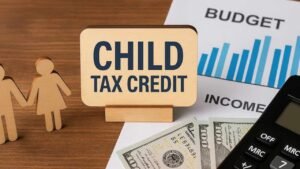EV Arriving Late? The U.S. federal tax credit program of $7,500 intended to stimulate the demand for electric vehicles (EVs) was in effect till the last day of September 2025. But at the same time a problem arose when a lot of customers ordered their new electric cars and the deliveries to them were fixed after the cut-off date of September 30, 2025.
An interesting query is whether those who ordered cars, received them later, still qualified for the tax credit?
To address this dilemma, the IRS (Internal Revenue Service), the US tax department, issued new guidance. This guidance provided consumers with the relief that if they signed a binding contract and made a payment by September 30, 2025, they could still benefit from the tax credit even if the vehicle was delivered later.
How the Rules Worked
Let’s understand in detail what this rule actually stated and under what conditions the tax credit applied.
Signing a Binding Contract Was Required
The IRS specified that the buyers should have a signed written binding contract for the vehicle by the end of the day on September 30, 2025.
The agreement indicates that the deal has changed from simply a desire to a legally binding contract, hence both parties are now responsible for it.
Payment or Down Payment Required
Signing wasn’t enough. The buyer was required to make a payment by that date—whether it was a nominal down payment or the trade-in value of the old car.
The purpose was to ensure the deal was genuine, not merely a formality.
Delayed Delivery Won’t Be Discounted
According to this special IRS directive, even if the car was delivered after September 30, the buyer could still claim this credit on their tax return for the year in which they actually received the car.
This was a significant relief for those who had placed their orders on time, but the vehicle was delayed due to manufacturing or shipping.
Payment was required even when transferring the credit to the dealer
Consumers were the main beneficiaries of this tax credit rule as they would get rebates instantly through the dealerships.
The IRS explained that the buyer would still have to make the payment by the end of September 2025 for the rebate to be considered valid even in such circumstances.
What is the reason for this regulation?
This IRS ruling became particularly important at that time as it coincided with a huge backlog of orders of electric vehicles from all the major manufacturers including Tesla, Rivian, Ford, Chevrolet, etc. which extended up to September 2025.
The manufacturers’ customers were ready to buy the cars, but the deliveries were being delayed because of production or transportation issues.
Had the old rule not changed, all these customers would have lost the tax credit even if they had made their orders on time.
So the IRS was quite flexible in their position saying that—
This not only benefited consumers but also turned out to be a supportive factor in the stabilization of the EV industry.
Who were the recipients of this tax credit rule?
This relief wasn’t limited to new vehicles. It also applied to new and some used EVs, and plug-in hybrid vehicles, which were eligible for the tax credit.
Many major companies, such as Tesla, Hyundai, Nissan, Rivian, Volkswagen, etc., informed their customers about this new rule through email and website notices, so they could lock in the tax credit by making payments before September 30, 2025.
For example:
If someone purchased a Tesla Model 3 and signed a binding contract on September 28th,
with a $500 down payment,
but received the vehicle on October 10th—
that customer was still entitled to the full $7,500 tax credit.
How the Tax Credit Was Claimed
Those who purchased a vehicle under a binding contract could claim this credit on their annual tax return (IRS Form 8936).
This required proving that:
You purchased an eligible vehicle,
You paid for it by September 30th,
And subsequently received the vehicle.
The Internal Revenue Service recommended keeping the contracts and payment receipts of all purchasers to serve as proof during the audit.
Does this norm continue to apply?
Not at all.
This regulation was valid for orders made only before September 30, 2025.
New electric vehicles or plug-in hybrids purchased after that date do not qualify for this tax credit, as the federal tax credit under the new law has been repealed.
If the government introduces any new schemes or tax incentives in the future, they will be declared separately under the new rules.
Its Importance for Consumers
This decision by the IRS was a sigh of relief for thousands of buyers at the time.
It ensured that honest consumers did not suffer the consequences of systemic delays.
This move was not only economically beneficial but also helped maintain consumer confidence in the EV market.
Such steps demonstrate that when governments demonstrate policy flexibility, ordinary citizens directly benefit.
Conclusion
This temporary but significant decision by the IRS was a significant step for the electric vehicle industry. Not only did it provide justice to consumers, it also sent a message that those who are taking the initiative to adopt environmentally friendly technologies should be encouraged.
FAQs
1. What is the $7,500 EV tax credit?
The $7,500 EV tax credit is a federal incentive offered by the U.S. government to encourage the purchase of electric vehicles (EVs). It helps reduce the overall cost of an EV by offering a credit against your income tax.
2. What do the new rules about the EV credit say?
The new rules allow buyers to lock in the $7,500 federal EV credit at the time of purchase or order, even if their vehicle is delivered later due to production or shipping delays.
3. Why were these new rules introduced?
The rules were introduced to protect consumers from losing the EV credit if their car’s delivery is delayed into a new tax year when eligibility requirements might change.
4. Who qualifies for the EV tax credit?
Eligibility depends on factors like your income level, the vehicle’s price, final assembly location, and battery component sourcing. Both new and used EV buyers may qualify under specific conditions.
5. Does the rule apply to both new and used EVs?
Primarily, these new rules affect new EV purchases, but similar protections may apply to certain used EV credits depending on dealership and IRS guidelines.



